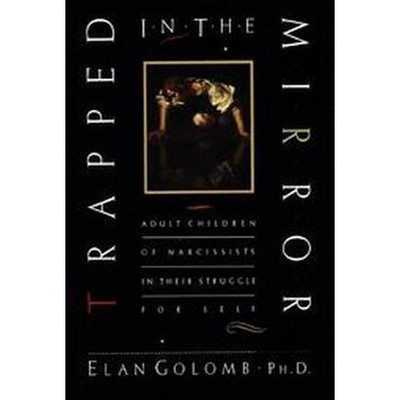The Antisymmetry of Syntax - (Linguistic Inquiry Monographs) by Richard S Kayne (Paperback)

Similar Products
Products of same category from the store
AllProduct info
<p/><br></br><p><b> About the Book </b></p></br></br>It is standardly assumed that Universal Grammar (UG) allows a given hierarchical representation to be associated with more than one linear order. This book proposes a restrictive theory of word order and phrase structure that denies this assumption. According to this theory, phrase structure always completely determines linear order, so that if two phrases differ in linear order, they must also differ in hierarchical structure.<p/><br></br><p><b> Book Synopsis </b></p></br></br><b>It is standardly assumed that Universal Grammar (UG) allows a given hierarchical representation to be associated with more than one linear order. This book proposes a restrictive theory of word order and phrase structure that denies this assumption. According to this theory, phrase structure always completely determines linear order, so that if two phrases differ in linear order, they must also differ in hierarchical structure.</b><p>It is standardly assumed that Universal Grammar (UG) allows a given hierarchical representation to be associated with more than one linear order. For example, English and Japanese phrases consisting of a verb and its complement are thought of as symmetrical to one another, differing only in linear order. <i>The Antisymmetry of Syntax</i> proposes a restrictive theory of word order and phrase structure that denies this assumption. According to this theory, phrase structure always completely determines linear order, so that if two phrases differ in linear order, they must also differ in hierarchical structure. More specifically, Richard Kayne shows that asymmetric c-command invariably maps into linear precedence. From this follows, with few further hypotheses, a highly specific theory of word order in UG: that complement positions must always follow their associated head, and that specifiers and adjoined elements must always precede the phrase that they are sister to. A further result is that standard X-bar theory is not a primitive component of UG. Rather, X-bar theory expresses a set of antisymmetric properties of phrase structure. This antisymmetry is inherited from the more basic antisymmetry of linear order. Linguistic Inquiry Monograph No. 25</p>
Price History
Cheapest price in the interval: 22.49 on March 10, 2021
Most expensive price in the interval: 30.49 on December 20, 2021
Price Archive shows prices from various stores, lets you see history and find the cheapest. There is no actual sale on the website. For all support, inquiry and suggestion messagescommunication@pricearchive.us




















